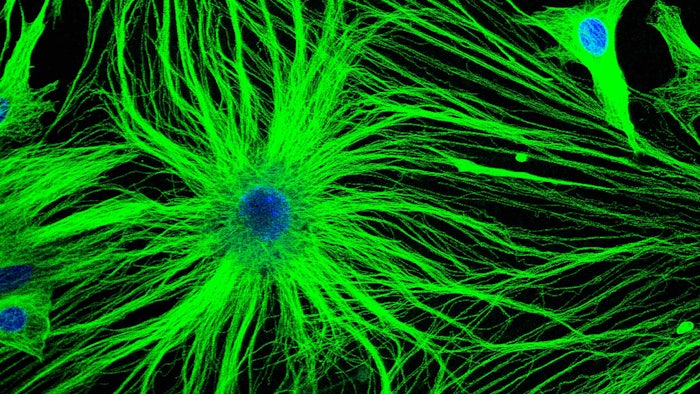Elena Renken
Neurons Unexpectedly Encode Information in the Timing of Their Firing
A temporal pattern of activity observed in human brains for the first time may explain how we can learn so quickly.
The Curious Strength of a Sea Sponge’s Glass Skeleton
A glass sponge found deep in the Pacific shows a remarkable ability to withstand compression and bending, on top of the sponge’s other unusual properties.
New Fish Data Reveal How Evolutionary Bursts Create Species
In three bursts of adaptive change, one species of cichlid fish in Lake Tanganyika gave rise to hundreds.
Brain Cell DNA Refolds Itself to Aid Memory Recall
Researchers see structural changes in genetic material that allow memories to strengthen when remembered.
Glial Brain Cells, Long in Neurons’ Shadow, Reveal Hidden Powers
The glial cells of the nervous system have been eclipsed in importance by neurons for decades. But glia are turning out to be central to many neurological functions, including pain perception.
Sleeping Brain Waves Draw a Healthy Bath for Neurons
An organized tide of brain waves, blood and spinal fluid pulsing through a sleeping brain may flush away neural toxins that cause Alzheimer’s and other diseases.
Perceptions of Musical Octaves Are Learned, Not Wired in the Brain
Singing experiments with residents of the Bolivian rainforest demonstrate how biology and experience shape the way we hear music.


























